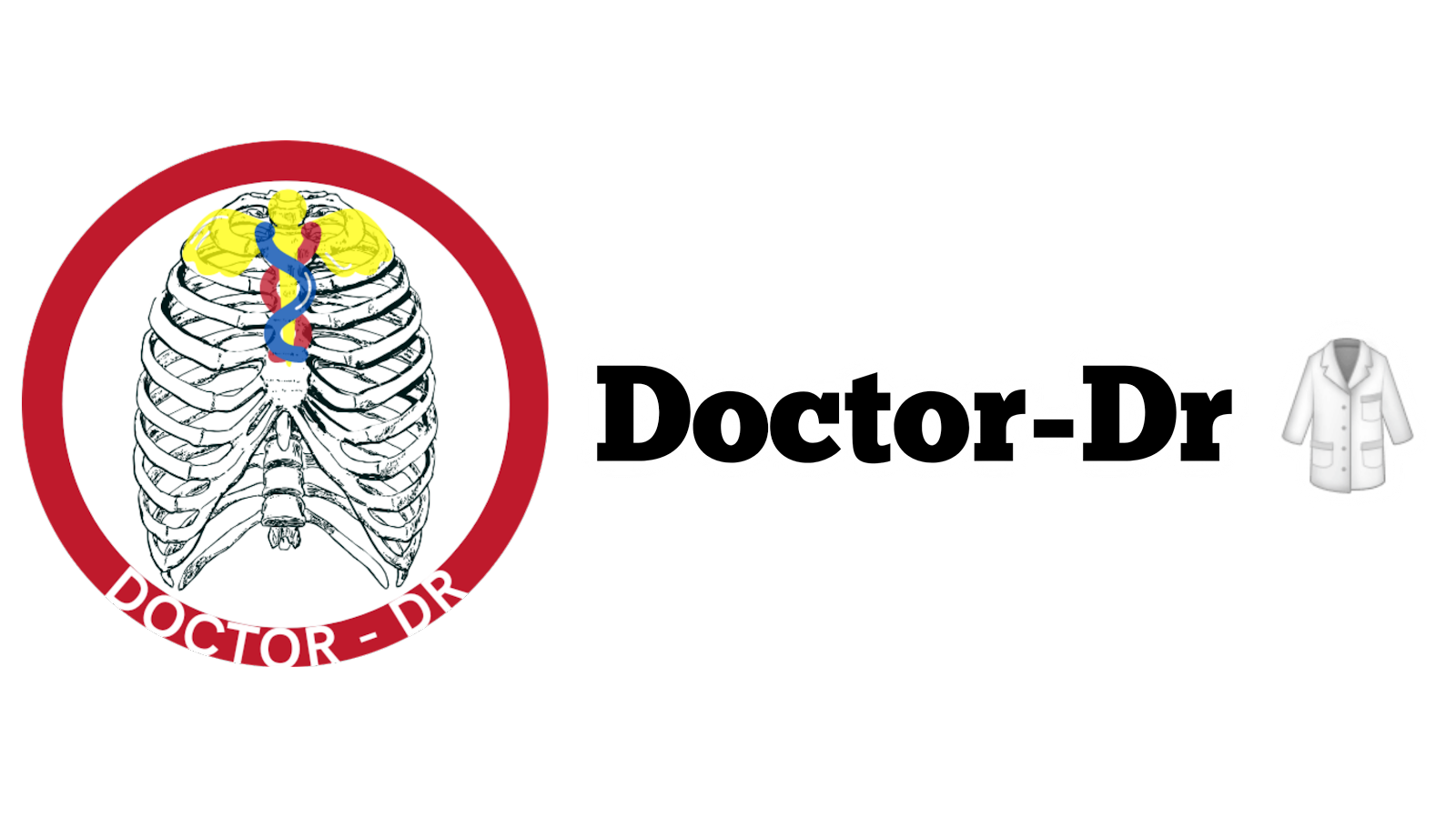Welcome to an exciting deep dive into the world of molecular biology, where we unravel the fascinating process of DNA cloning. Guided by insights inspired by InformationBoxTicket Lifestyles, we explore how scientists copy genes using tiny circular DNA molecules called plasmids. This educational journey reveals not only the technical steps but also the tremendous implications of gene cloning in biotechnology and medicine.
Understanding the Basics of DNA and Plasmids
At the heart of cloning is DNA, the blueprint of life. Both human DNA and plasmid DNA share fundamental similarities:
They are double-stranded molecules composed of four nucleotides: adenine (A), guanine (G), cytosine (C), and thymine (T).
The nucleotides pair specifically—A always pairs with T, and C always pairs with G—forming stable hydrogen bonds that twist into the iconic double helix.
However, there are key differences in their structure. Human DNA is organized into 46 linear chromosomes, while plasmids are small, circular DNA molecules found in bacteria. Think of plasmids as tiny molecular necklaces that can be manipulated to carry genes of interest.
The Step-by-Step Process of DNA Cloning
1. Extracting and Cutting the Target Gene
The cloning process begins by isolating the gene we want to replicate from the larger DNA strand. This is achieved using restriction enzymes, specialized proteins that recognize very specific DNA sequences called restriction sites.
For example, the enzyme EcoRI recognizes the sequence GAATTC and cuts the DNA between the G and the A. Both the target DNA containing the gene and the plasmid DNA are cut with the same restriction enzyme, creating compatible ends.
2. Creating Sticky Ends for Gene Insertion
When EcoRI cuts the DNA, it leaves overhanging single-stranded ends known as sticky ends. These sticky ends are crucial because they allow the target gene fragment and the plasmid to join together like puzzle pieces.
Imagine the DNA strands as two snakes coiled together but running in opposite directions (antiparallel). The sticky ends enable the complementary strands of the plasmid and the gene fragment to align perfectly.
3. Joining DNA Fragments with DNA Ligase
The enzyme DNA ligase acts as molecular glue, sealing the nicks between the plasmid and the inserted gene to form a continuous circle of recombinant DNA. This hybrid DNA molecule now contains the gene of interest embedded within the plasmid.
Additionally, plasmids are engineered to carry an antibiotic resistance gene. This feature becomes essential later to select bacteria that have successfully taken up the recombinant plasmid.
4. Introducing the Recombinant Plasmid into Bacteria
To multiply the gene, the recombinant plasmid is introduced into Escherichia coli (E. coli) bacteria. This is done by mixing the bacteria and plasmids together and applying a stressor, such as a heat shock, which temporarily makes the bacterial membrane permeable to plasmids.
Not all bacteria take up the plasmid, so the next step is to isolate those that do.
5. Selective Growth Using Antibiotics
The bacteria are spread onto an agar plate containing nutrients and antibiotics. Bacteria without the plasmid lack the antibiotic resistance gene and cannot survive, while those containing the recombinant plasmid thrive and multiply.
As these bacteria divide, they replicate both their own DNA and the plasmid, effectively cloning the target gene thousands or millions of times.
From Genes to Proteins: The Power of Gene Expression
Genes are essentially instructions for making proteins. Once inside the bacteria, the cloned gene can be transcribed and translated to produce the protein it encodes. This is a cornerstone of biotechnology—using bacteria as tiny protein factories.
For instance, consider the CFTR gene, which encodes the cystic fibrosis transmembrane conductance regulator protein. Mutations in this gene lead to cystic fibrosis, a disease affecting lung and pancreas function. While a full genetic cure remains a goal for the future, research shows that introducing a normal CFTR gene via vectors can improve lung function in patients.
Summary: The Magic of DNA Cloning
- DNA cloning involves copying small segments of DNA, like genes, using plasmids.
- Restriction enzymes cut both the target DNA and plasmid at specific sequences, creating sticky ends.
- DNA ligase joins the gene and plasmid to form recombinant DNA.
- The recombinant plasmid is introduced into bacteria, which are then grown on antibiotic plates to select those containing the plasmid.
- As bacteria multiply, they replicate the gene and can produce corresponding proteins, enabling applications in research, medicine, and biotechnology.
- DNA cloning is a brilliant example of how understanding molecular biology allows us to harness nature’s mechanisms for human benefit. Whether producing medicines, studying gene function, or developing genetic therapies, cloning genes with plasmids remains a foundational technique in science.
- Keep exploring, stay curious, and join the family of science lovers in uncovering the wonders of the microscopic world!


%20Test%20Procedure,%20Principle%20&%20Numerical%20Profile%20Explained.webp)


%20Principle,%20Protocol,%20Fluorescent%20Markers,%20Advantages%20&%20Applications.webp)


